People need to draw to process information, clear thoughts, communicate ideas, summarize stuff, show relationships between different objects, and so many others. However the assumption is that only people with vision can use the pictorial aspects of our brain. One often finds little school students with visual impairments to drop geometry, science, math, creative arts from their lives as there don't exist frugal tools (like a pen) to do these "visual practices".
Learning about this challenge, i have spent over a year or so thinking about methods to draw easily tactile images. I have come across many techniques, and the long history of innovation in this direction. After many prototypes of different methods, i have come up with a pantograph inspired tool to move together a pointed stylus from below and a cavity pen from top compressing a piece of paper in-between them, forming a continuous embossed line. Prototype #1 failed but showed that we are on good track. Prorotype #2 worked mostly, but not quite there.
Prorotype #2 has the challenges -
- Paper needs to be fixed.
- Top pen groove should swivel so that it aligns along the direction of drawing.
- Since people with blindness use the other hand fingers to get feedback and reference of where things are being drawn, the arms of the parallelogram prevent easy access and come in the way.
- Lines are not formed well enough to be felt by fingers.
Prorotype #3 is on the way and tries to solve many of the above problem (and hopefully will not create more!).
 Subir Bhaduri
Subir Bhaduri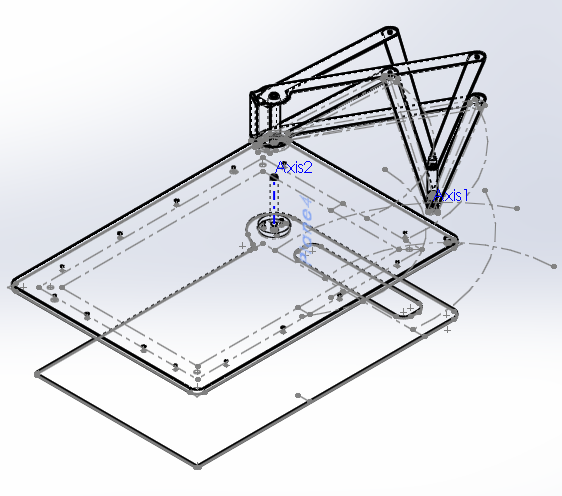
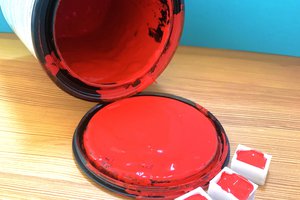
 technoplastique
technoplastique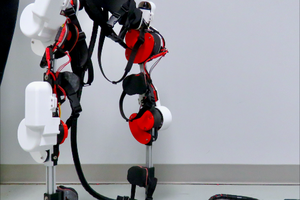
 Jesús Tamez-Duque
Jesús Tamez-Duque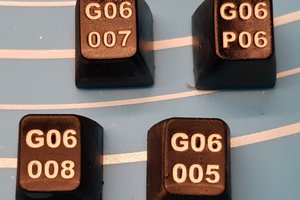
 Thomas Thiel
Thomas Thiel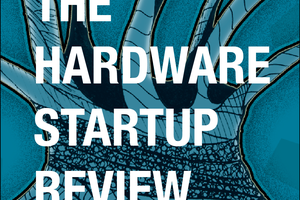
 Aleksandar Bradic
Aleksandar Bradic